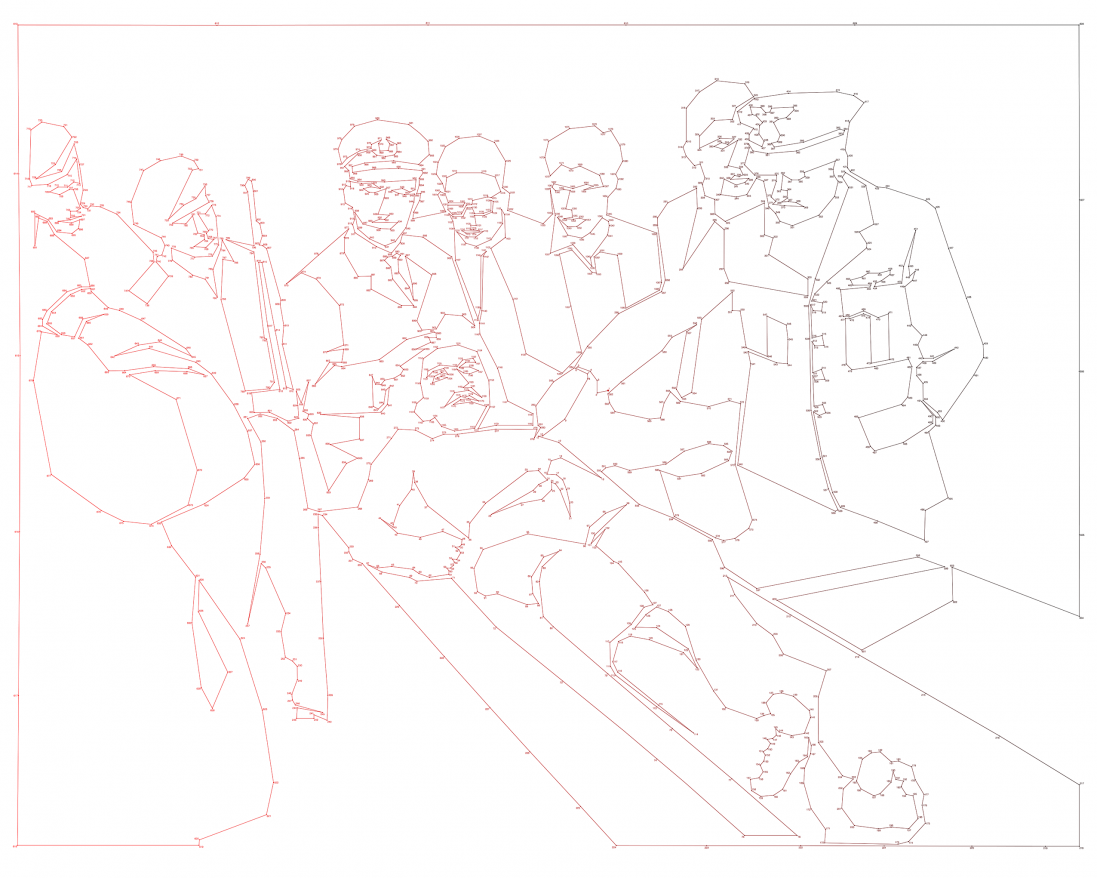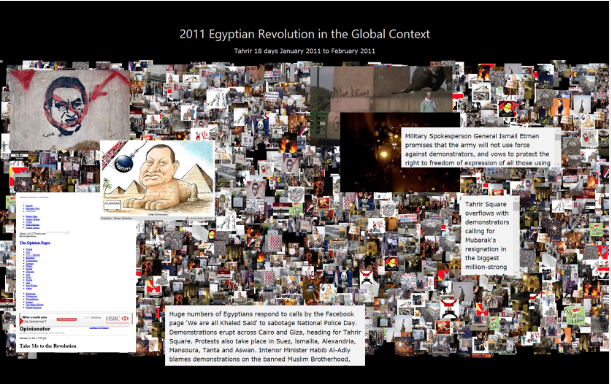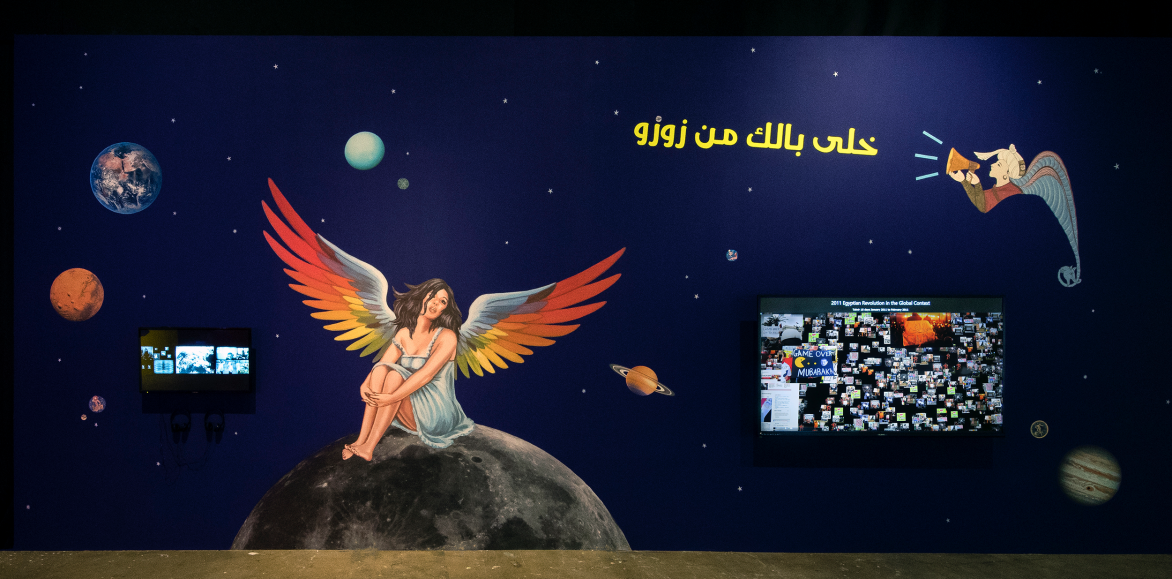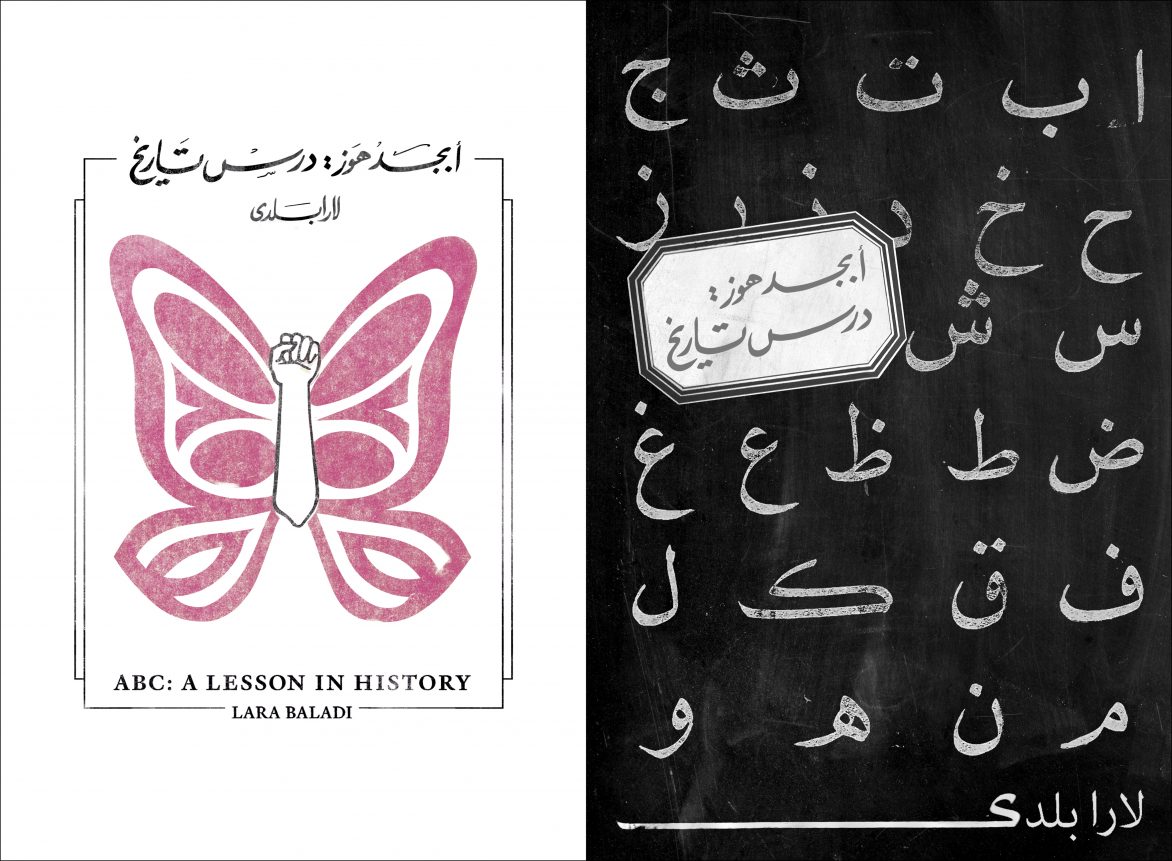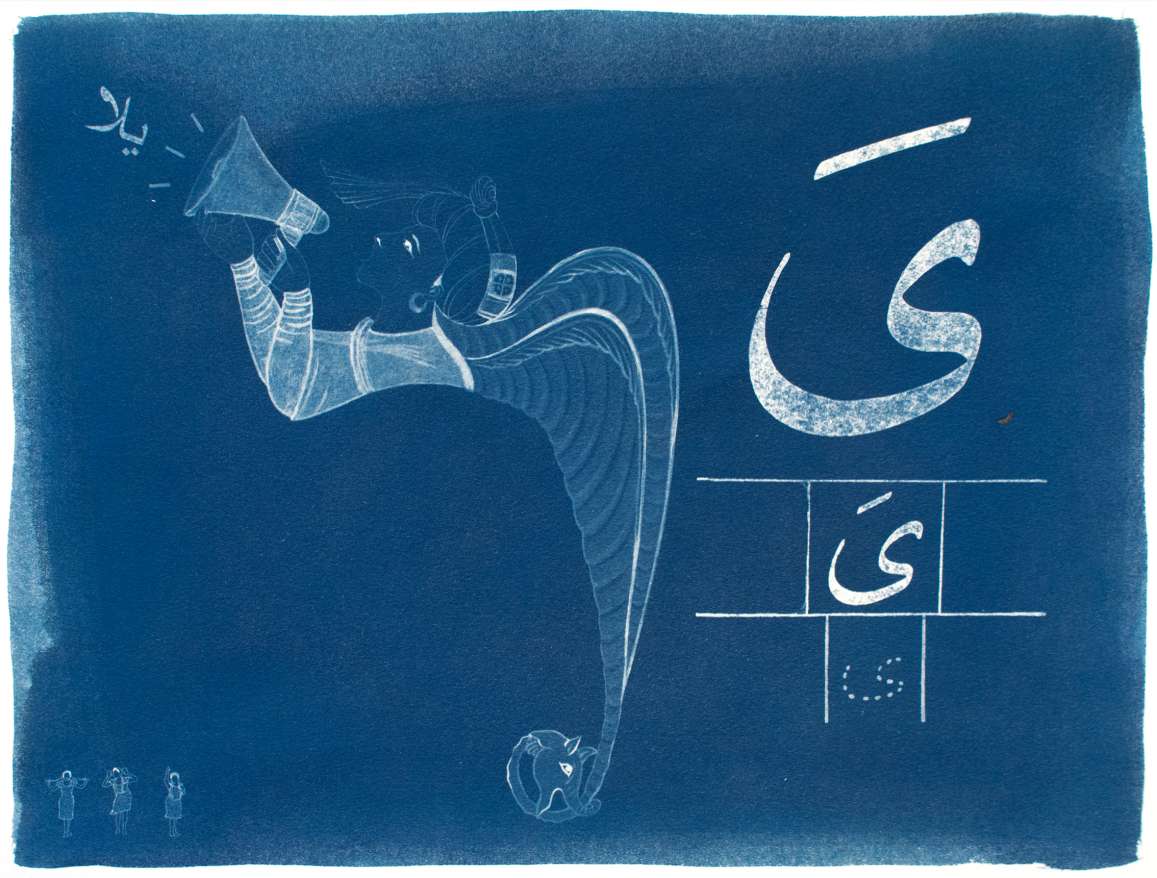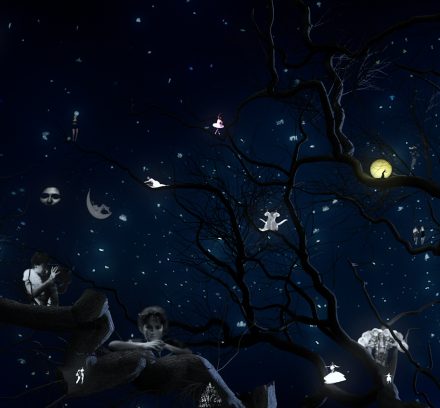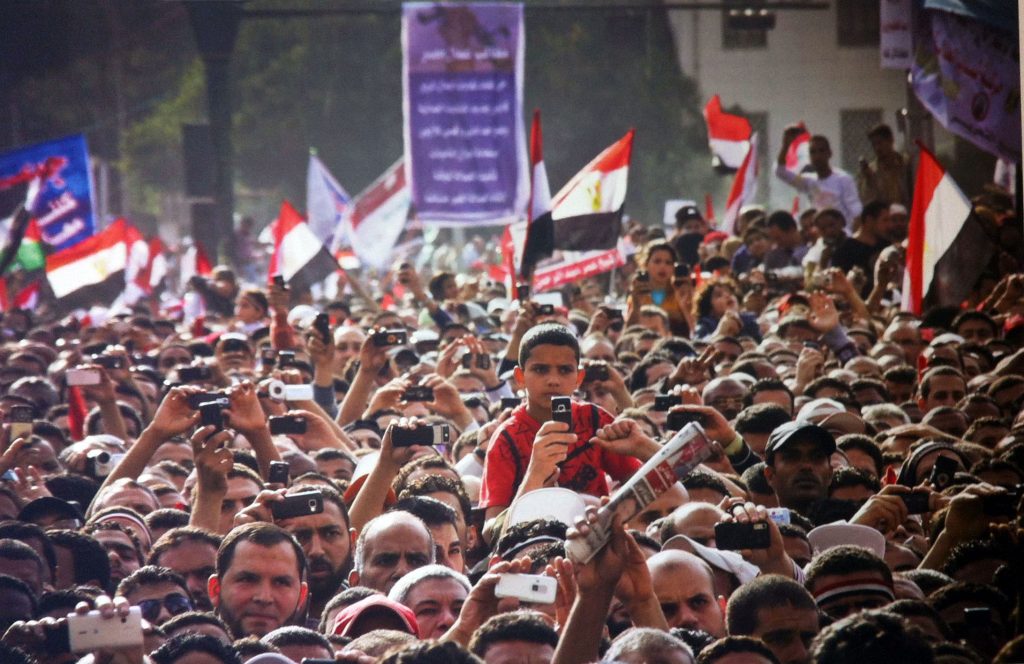ACT lecturer Lara Baladi is featured in the exhibition The Protest and The Recuperation, on view from June 12 – August 14, 2021 at the Wallach Art Gallery, Columbia University.
Baladi’s works, Vox Populi, ABC: A Lesson in History (2020) and Anatomy of Revolution introduce the viewers to the whole exhibition. Vox Populi a video sampling Baladi’s Tahrir Archives (ongoing since 2011) maps revolutions and revolts through the iconography of protest while ABC: A Lesson in History (2020) and Anatomy of Revolution both serve as manifesto and lexicon for revolution inspired by ABC primers from the 1950s that indoctrinate children into a militaristic mindset in countries such as Egypt and Russia, and upending those aims to envision a more peaceful and just world.
The Protest and The Recuperation, curated by Wallach director and chief curator Betti-Sue Hertz, is a tribute to those who have gathered in solidarity to voice demands that the status quo must change and hails the messages and inventive creativity that have come to define the culture of progressive protest and dissent. The exhibition presents art that reveals the visual and performative aesthetics of these varied collective actions in the public sphere. It was developed as an exploration of what art can contribute to our understanding of this performative form and of the necessity of public gathering as a strategy for effecting change.
This exhibition is a survey of artistic perspectives and responses on the global phenomenon of mass protest, as well as recuperative strategies of resistance. In these times, contemporary art has the capacity to focus our attention differently to what we learn from various media sources, or even our own experiences in protest. This exhibition presents a focused selection of works that register the power of mass protest from a deeply human perspective. It highlights the individual-to-individual connection in the collective spaces of the mass protest, recovery and care.
Over the past several years there has been a marked increase in the globalization of mass protests, which oftentimes organically arose from local political conditions exacerbated by the growing gap in economic opportunities. From Washington D.C. and Standing Rock, South Dakota to Cairo, Egypt and Hong Kong to hundreds of small towns across India, people from large swaths of demographic sectors have been literally taking to the streets to voice their concern and outrage.
This exhibition—featuring 10 international, contemporary artists, including Hank Willis Thomas, Eugenia Vargas-Pereira and Oliver Ressler—is in dialogue with a larger history than it is able to represent. From the Arab Spring in 2011 through 2020 we have seen a constant ebb and flow of uprisings, with a renewed surge in the United States after President Trump took office, as seen in the stunning 2017 Women’s March. In 2019 a significant percentage of Hong Kong residents come together to fight against China’s “big hand,” saw the Friday protests in Algiers, and protests against government corruption in Baghdad that fueled sectarian divides within Iraq. In 2020, in spite of the COVID-19 virus pandemic we saw a swell of anti-racism protests against police brutality and the rising up of citizens against election corruption in Belarus.
The Protest and The Recuperation also focuses on work addressing spaces of comfort and care, places for recuperation, private or public, to regroup and reboot for the next round of resistance, the next act of defiance against corruption, oligarchy greed, and “feet dragging” on critical measures to curb, for example, dramatic climate change events, white supremacy or ethnic cleansing. It includes works within the galleries, participatory event-based projects, intellectual programming, a film screening series, and other education programs.
In conjunction with The Protest and The Recuperation the Gallery will issue a richly illustrated 160-page publication, using the exhibition to contextualize the social movements that the protests represent long after the mass demonstrations have ended. It will include a chapter in which Lara Baladi is in conversation with Beth Stryker.

